13 August 2015 • No. 33
¶ Invocation. Through the sorrow and the sadness, Stand by me. / Through the heartache and the madness, Stand by me. / Arms of mercy, sure surrounding, hearts protected, ne’er confounding / Joyful singing, grace astounding, Stand by me. (Continue reading Ken Sehested’s original lyrics to the Charles Albert Tindley hymn, “Stand by Me.” )
 ¶ Diplomatic breakthrough. “It took three years, but all 193 member countries of the United Nations have signed on to a resolution to create new and stronger protections for the world’s wildlife. The resolution calls on countries to beef up courts and law enforcement to protect wildlife, and encourage communities to join the fight against poaching, trafficking, and selling illicit goods taken or made from threatened animals.” —Leigh Henry, of the World Wildlife Fund, told ABC News
¶ Diplomatic breakthrough. “It took three years, but all 193 member countries of the United Nations have signed on to a resolution to create new and stronger protections for the world’s wildlife. The resolution calls on countries to beef up courts and law enforcement to protect wildlife, and encourage communities to join the fight against poaching, trafficking, and selling illicit goods taken or made from threatened animals.” —Leigh Henry, of the World Wildlife Fund, told ABC News
¶ World Elephant Day was yesterday, 12 August. “After the killing of Cecil the lion last month, wildlife conservation is back in the spotlight. Ivory trafficking and poaching kill 35,000 African elephants each year. The Wildlife Conservation Society launched the 96 Elephants campaign—the number of animals killed each  day—to raise awareness of this issue. About 800,000 African elephants have been killed over the last three decades, according to WCS. Wildlife tracking is the fourth-largest illegal business in the world, according to the European Commission. More than 60 tons of ivory were seized in 2014 and 44 tons were seized in 2013, according to Reuters. A shipment of ivory worth approximately $6 million was seized in Singapore in May. —Charles Poladian, IBT Pulse
day—to raise awareness of this issue. About 800,000 African elephants have been killed over the last three decades, according to WCS. Wildlife tracking is the fourth-largest illegal business in the world, according to the European Commission. More than 60 tons of ivory were seized in 2014 and 44 tons were seized in 2013, according to Reuters. A shipment of ivory worth approximately $6 million was seized in Singapore in May. —Charles Poladian, IBT Pulse
“Baptism” by Ade Bethune, ©Ade Bethune Collection, St. Catherine University, St. Paul, MN.
¶ Hymn of confession. “There’s blood on my hands / And my lips aren’t clean / Take me to your river / I wanna go / Take me to your river,” Leon Bridges, “River”
¶ They have names. Unarmed black men killed by police since Michael Brown’s death on 9 August 2014. Ezel Ford, 25, Los Angeles, CA 8.11.14 • Akai Gurley, 28, Brooklyn, NY 11.20.14 • Tamir Rice, 12, Cleveland, OH 11.22.14 • 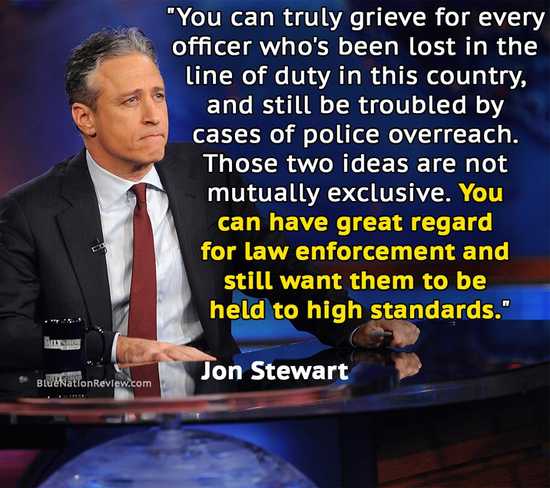 Rumain Brisbon, 34, Phoenix, AZ 12.2.14 • Jerame Reid, 36, Bridgeton, NJ 12.30.14 • Artago Damon Howard, 36, Union County, AR 1.8.15 • Jeremy Lett, 28, Tallahassee, FL 2.4.15 • Lavall Hall, 25, Miami Gardens, FL 2.15.15 • Thomas Allen, 34, Wellston, MO 2.28.15 • Charly Leundeu Keunang, 43, Los Angeles, CA 3.1.15 • Maeschylus Vinzant, 37, Aurora, CO 3.6.15 • Tony Robinson, 19, Madison, WI 3.6.15 • Anthony Hill, 27, DeKalb County, GA 3.9.15 • Bobby Gross, 35, Washington, DC 3.12.15 • Brandon Jones, 18, Cleveland, OH 3.19.15 • Eric Harris, 44, Tulsa, OK 4.2.15 • Walter Scott, 50, North Charleston, SC 4.4.15 • Frank Shephard, 41, Houston, TX 4.15.15 • William Chapman, 18, Portsmouth, VA 4.22.15 • David Felix, 24, New York, NY 4.25.15 • Brendon Glenn, 29, Venice, CA 5.5.15 • Kris Jackson, 22, South Lake Tahoe, CA 6.15.15 • Spencer McCain, 41, Owings Milll, MD 6.25.15 • Victor Emanuel Larosa, 23, Jacksonville, FL 7.2.15 • Salvado Ellswood, 36, Plantation, FL 7.12.15 • Albert Joseph Davis, 23, Orlando, FL 7.17.15 • Darrius Stewart, 19, Memphis, TN 7.17.15 • Samuel DuBose, 43, Cincinnati, OH 7.19.15 • Christian Taylor, 19, Arlington, TX 8.7.15
Rumain Brisbon, 34, Phoenix, AZ 12.2.14 • Jerame Reid, 36, Bridgeton, NJ 12.30.14 • Artago Damon Howard, 36, Union County, AR 1.8.15 • Jeremy Lett, 28, Tallahassee, FL 2.4.15 • Lavall Hall, 25, Miami Gardens, FL 2.15.15 • Thomas Allen, 34, Wellston, MO 2.28.15 • Charly Leundeu Keunang, 43, Los Angeles, CA 3.1.15 • Maeschylus Vinzant, 37, Aurora, CO 3.6.15 • Tony Robinson, 19, Madison, WI 3.6.15 • Anthony Hill, 27, DeKalb County, GA 3.9.15 • Bobby Gross, 35, Washington, DC 3.12.15 • Brandon Jones, 18, Cleveland, OH 3.19.15 • Eric Harris, 44, Tulsa, OK 4.2.15 • Walter Scott, 50, North Charleston, SC 4.4.15 • Frank Shephard, 41, Houston, TX 4.15.15 • William Chapman, 18, Portsmouth, VA 4.22.15 • David Felix, 24, New York, NY 4.25.15 • Brendon Glenn, 29, Venice, CA 5.5.15 • Kris Jackson, 22, South Lake Tahoe, CA 6.15.15 • Spencer McCain, 41, Owings Milll, MD 6.25.15 • Victor Emanuel Larosa, 23, Jacksonville, FL 7.2.15 • Salvado Ellswood, 36, Plantation, FL 7.12.15 • Albert Joseph Davis, 23, Orlando, FL 7.17.15 • Darrius Stewart, 19, Memphis, TN 7.17.15 • Samuel DuBose, 43, Cincinnati, OH 7.19.15 • Christian Taylor, 19, Arlington, TX 8.7.15
¶ Lawn laws. Recently an Ohio woman, Sarah Baker, refused to mow her lawn and is faced with a $1,000 fine. Here’s what she wrote: “My township calls my lawn ‘a nuisance.’ But I still refuse to mow it.”
 ¶ Manicure fetish. “Lawns are a big part of contemporary American life. There are somewhere around 40 million acres of lawn in the lower 48, according to a 2005 NASA estimate derived from satellite imaging. ‘Turf grasses, occupying 1.9% of the surface of the continental United States, would be the single largest irrigated crop in the country,’ that study concludes.
¶ Manicure fetish. “Lawns are a big part of contemporary American life. There are somewhere around 40 million acres of lawn in the lower 48, according to a 2005 NASA estimate derived from satellite imaging. ‘Turf grasses, occupying 1.9% of the surface of the continental United States, would be the single largest irrigated crop in the country,’ that study concludes.
“Other folks are ditching their lawns because of the amount of water they soak up—nine billion gallons of it per day, according to the Environmental Protection Agency. Think of the miracle that is the modern water supply—pristine water pumped hundreds of miles, passed through shiny state-of-the-art filtration systems—we then intentionally dump billions of gallons of that water out on the ground!” —Christopher Ingraham, “Lawns are a soul-crushing timesuck”
¶ “The grass lawn as a status symbol has its origins in European aristocracy. The very first lawns were grassy fields that surrounded English and French castles. Castle grounds had to be kept clear of trees so that the soldiers protecting them had a clear view of their surroundings. It wouldn’t do for enemies to be able to sneak up on the castle through the forest.” —Emily Upton, “Why we have grass lawns”
¶ “It doesn't need to be this way—there are plenty of low-maintenance alternatives” to high-maintenance grass lawns. —Owen Woodier, “Tired of Pursuing the Perfect Lawn? Consider These Alternatives”
¶ Intercession. “Down to the River to Pray,” Alison Krauss.
 ¶ Water facts.
¶ Water facts.
•Globally, some 840,000 people (more than the population of San Francisco) die each year from a water-related disease. One in nine people in the world lack access to safe water.
•Nearly 97% of the world’s water is salty or otherwise undrinkable. Another 2% is locked in ice caps and glaciers.
•Every 20 seconds a child under five years of age dies from waterborne illnesses
•Diarrhea killed more children in the last decade than all armed conflicts since the World War II.
•By 2030, nearly half of the world’s population – the majority living in underdeveloped countries – will be living in areas of high water stress.
•One-third what the world spends on bottled water in one year could pay for projects providing water to everyone in need.
•85% of the world population lives in the driest half of the planet.
•American use 5.7 billion gallons per day to flush toilets. If everyone in the US flushed the toilet just one less time per day, we could save a lake full of water about one mile long, one mile wide and four feet deep.
•US residents use more water than people in other countries do—about 151 gallons per day on average for domestic and municipal purposes. In the United Kingdom, people live a more water-efficient lifestyle, consuming just 31 gallons per day. In Ethiopia, people have to make do with just 3 gallons per person per day.
 ¶ Bottled water folly.
¶ Bottled water folly.
Left: A boy picks through trash on the Ciliwung River in Jakarta, Indonesia, collecting plastic straws that he can sell in the local plastics market. (Plastic Disclosure Project photo)
•According to Peter Gleick, author of Bottled and Sold: The Story Behind Our Obsession with Bottled Water, 45% of bottled water brands comes straight from the tap, including the two highest selling brands, Aquafina (from PepsiCo) and Dasani (from Coke).
•Worldwide, bottled water consumption more than doubled between 1997 and 2005, with US residents tipping back the largest share—about 7.8 billion gallons total, or 26 gallons per person in 2005.
•Some 1,500 plastic water bottles are dumped in land fills and the ocean every second.
•Bottled water costs as much as $10 per gallon compared to less than a penny per gallon for tap water.
•Worldwide, 2.7 million tons of plastic are used each year to make water bottles, but in the U.S., less than 20 percent of these bottles are recycled.
•The total estimated energy needed to make, transport, and dispose of one bottle of water is equivalent to filling the same bottle one-quarter full of oil.
¶ Cleansing flood. “Take Me to the Water,” Nina Simone.
¶ Hydraulic fracturing. “The New York State Department of Environmental Conservation estimates each well, per frack, will require 2.4 to 7.8 million gallons of water. This translates into roughly 400 to 600 tanker truckloads of liquids to the well, and 200 to 300 tanker truckloads of liquid waste from the well. An eighteen-wheeler weighs up to 80,000 pounds. Day-in, day-out, these trucks destroy roads and bridges, leaving towns to clean up the mess.
Right: “The Next Weapon,” Al-Sharq al-Awsat, 2010
¶ Water wars? “The world is at war over water. Goldman Sachs describes it as “the petroleum of the next century”. . . . It is often forgotten that the revolution against Syrian president Bashar al-Assad began this way, when youths of the southern Syrian town of Daraa, angry at the local governor’s corrupt allocation of scarce reservoir water, were caught spraying anti-establishment graffiti. Their arrest and torture was the final straw for the tribes from which the youths came.” —James Fergusson, “The World Will Soon be at War Over Water”
¶ A 2012 study by the US director of national security summarized: “During the next 10 years, many countries important to the United States will experience water problems shortages, poor water quality, or floods that will risk instability and state failure, increase regional tensions, and distract them from working with the United States on important US policy objectives. Water problems will hinder the ability of key countries to produce food and generate energy, posing a risk to global food markets and hobbling economic growth.” —Global Water Security
 ¶ “Well, if I were in charge, they would know that waterboarding is how we baptize terrorists." —former Republican vice presidential candidate Sarah Palin
¶ “Well, if I were in charge, they would know that waterboarding is how we baptize terrorists." —former Republican vice presidential candidate Sarah Palin
¶ The Pacific Institute, which studies issues of water and global security, found a fourfold increase in violent confrontations over water over the last decade. —“Water and Conflict”
¶ Preach it. Faith is “a habitual confidence given us by Another in whose hands we can relax. . . . It means that what causes us to belong is a pattern of desire produced in us by someone we cannot see who is giving us the strength to live in the midst of this world as though death were not. . . . It is the giving to us of this desire which we normally celebrate with that inverted religious rite called baptism.
“In this rite, we agree to undergo death in advance, so as to live thereafter with death behind us. It is an inverted religious rite, since it is not the crowd which gathers to drown the victim, but the candidate, not frightened of becoming a victim, who walks through the waters of being drowned so as to emerge on the other side into the welcome of those who are already living with death behind them.” —James Alison, Broken Hearts & New Creations: Intimations of a Great Reversal
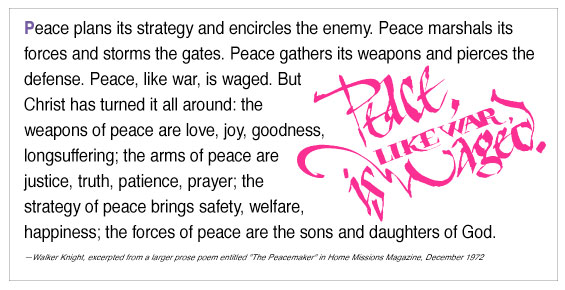 ¶ Lection for Sunday next. Putting on “the whole armor of God” (Ephesians 6:10-20) and the martial character of faith. (See the poem at right by Walker Knight.)
¶ Lection for Sunday next. Putting on “the whole armor of God” (Ephesians 6:10-20) and the martial character of faith. (See the poem at right by Walker Knight.)
¶ “Christianity is about water: ‘Everyone who thirsteth, come ye to the waters.’ It is about baptism, for God’s sake. It’s about full immersion, about falling into something elemental and wet. Most of what we do in worldly life is geared toward our staying dry, looking good, not going under. But in baptism, in lakes and rain and tanks and fonts, you agree to do something that’s a little sloppy because at the same time it’s also holy, and absurd. It’s about surrender, giving in to all those things we can’t control; it’s a willingness to let go of the balance and decorum and get drenched.” —Anne Lamott
¶ Hymn of assurance. Another “Stand By Me” tune, performed by Bruce Springstein and friends. The hit song, first sung in 1961 by Ben E. King, was inspired by the spiritual “Lord Stand By Me” and contains lines drawn from Psalms 46:2-3.
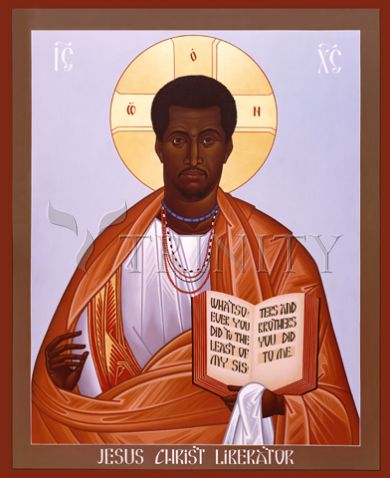 ¶ Altar call. "Theologian Willie Jennings says that whiteness is not a skin color but a way of life, a way of seeing the world in which people of color are marginalized. Americans can discuss the structure of whiteness and seek to be instructed about its impact, and those discussions are needed. But the times call for actions that change it, and some of those actions are right at hand.” —The Christian Century editorial
¶ Altar call. "Theologian Willie Jennings says that whiteness is not a skin color but a way of life, a way of seeing the world in which people of color are marginalized. Americans can discuss the structure of whiteness and seek to be instructed about its impact, and those discussions are needed. But the times call for actions that change it, and some of those actions are right at hand.” —The Christian Century editorial
Left: Art by Br. Robert Lentz, OFM
¶ Benediction. May your days be fruitful, your nights restful, and the presence of the Spirit bountiful in all your comings-in and your goings-out but especially in the those times when faithful love, hopeful plans and joyful resolve are met with deceitful spite, painful despair and sorrowful grief. —Ken Sehested, note to a courageous peace activist in Africa
# # #
Featured this week on prayer&politiks:
• “Water of Life: A baptismal prayer”
• “Come to the Waters: Litany of Confession and Pardon”
• “Wade in the Water: Baptism as political mandate”
©Ken Sehested @ prayerandpolitiks.org. Language not otherwise indicated above is that of the editor. Don’t let the “copyright” notice keep you from circulating material you find here (and elsewhere in this site). Reprint permission is hereby granted in advance for noncommercial purposes.
Your comments are always welcomed. If you have news, views, notes or quotes to add to the list above, please do. If you like what you read, pass this along to your friends.

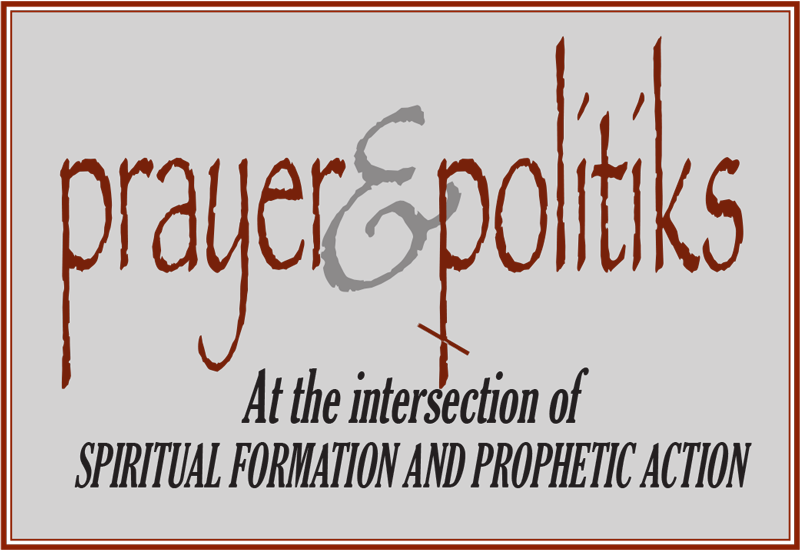
 ¶ Invocation. With haggard hearts each voice / imparts this plea for constancy. / Draw near, dispel confounding fear, / with Heaven’s clemency. / Each tongue, by supplicating lung, / invoke bright morning’s rise! / Through darkest night let love’s Delight / condole all mournful eyes. (Continue reading Ken Sehested’s “
¶ Invocation. With haggard hearts each voice / imparts this plea for constancy. / Draw near, dispel confounding fear, / with Heaven’s clemency. / Each tongue, by supplicating lung, / invoke bright morning’s rise! / Through darkest night let love’s Delight / condole all mournful eyes. (Continue reading Ken Sehested’s “ ¶ The man who stopped the desert. “Yacouba Sawadogo is an exceptional man—he single-handedly managed to solve a crisis that even scientists and development organizations could not. The simple old farmer’s re-forestation and soil conservation techniques are so effective they’ve helped turn the tide in the fight against the desertification of the harsh lands in northern Burkina Faso.” —Sumitra, “
¶ The man who stopped the desert. “Yacouba Sawadogo is an exceptional man—he single-handedly managed to solve a crisis that even scientists and development organizations could not. The simple old farmer’s re-forestation and soil conservation techniques are so effective they’ve helped turn the tide in the fight against the desertification of the harsh lands in northern Burkina Faso.” —Sumitra, “
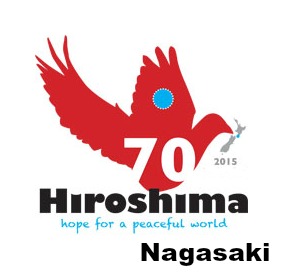 ¶ Hiroshima and Nagasaki bombing: 70th anniversary. It’s hard to say precisely how many people died in atomic bombing of Hiroshima (6 August 1945) and Nagasaki (9 August 1945). Each city’s population was uncertain, and the bomb blasts and resulting fires incinerated scores of bodies. The figures most widely used are 60,000-80,000 immediate deaths in Hiroshima, with tens of thousands more dying in the months to follow as a result of serious injuries and radiation poisoning. In Nagasaki, at least 40,000 died instantly, another 10,000-20,000 dying from injuries in the following months. Long-term fatality estimates reach as high as a quarter million.
¶ Hiroshima and Nagasaki bombing: 70th anniversary. It’s hard to say precisely how many people died in atomic bombing of Hiroshima (6 August 1945) and Nagasaki (9 August 1945). Each city’s population was uncertain, and the bomb blasts and resulting fires incinerated scores of bodies. The figures most widely used are 60,000-80,000 immediate deaths in Hiroshima, with tens of thousands more dying in the months to follow as a result of serious injuries and radiation poisoning. In Nagasaki, at least 40,000 died instantly, another 10,000-20,000 dying from injuries in the following months. Long-term fatality estimates reach as high as a quarter million.
 • “[I]n being the first to use it, we . . . adopted an ethical standard common to the barbarians of the Dark Ages. I was not taught to make war in that fashion, and wars cannot be won by destroying women and children.” —Admiral William D. Leahy, President Truman’s Chief of Staff
• “[I]n being the first to use it, we . . . adopted an ethical standard common to the barbarians of the Dark Ages. I was not taught to make war in that fashion, and wars cannot be won by destroying women and children.” —Admiral William D. Leahy, President Truman’s Chief of Staff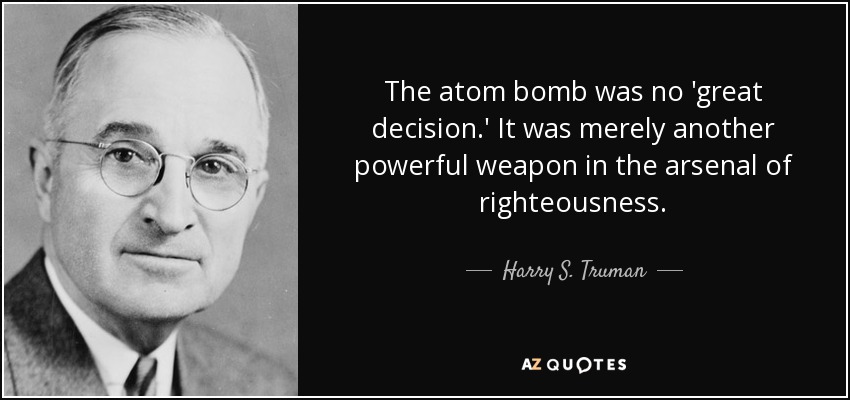 • “General MacArthur definitely is appalled and depressed by this Frankenstein monster [speaking of the atomic bomb]. I had a long talk with him today, necessitated by the impending trip to Okinawa.” —Weldon E. Rhoades, General Douglas MacArthur’s pilot
• “General MacArthur definitely is appalled and depressed by this Frankenstein monster [speaking of the atomic bomb]. I had a long talk with him today, necessitated by the impending trip to Okinawa.” —Weldon E. Rhoades, General Douglas MacArthur’s pilot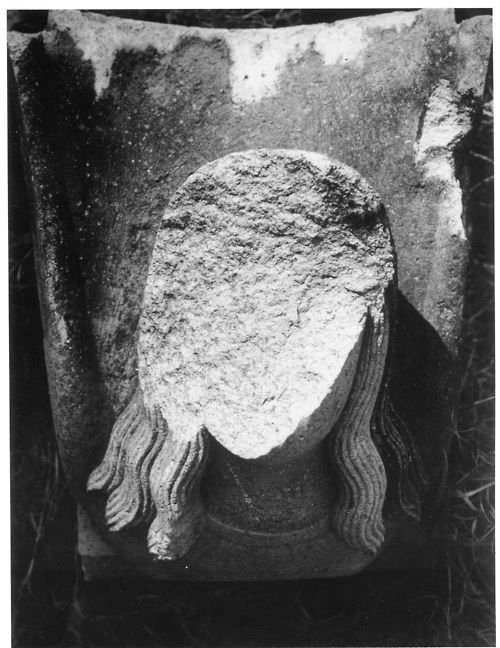 ¶ “Thomas Merton and the Original Child Bomb” is one of a group of what Merton called “anti-poems,” this one spurred by news of the atomic bombing of Hiroshima. This
¶ “Thomas Merton and the Original Child Bomb” is one of a group of what Merton called “anti-poems,” this one spurred by news of the atomic bombing of Hiroshima. This  ¶ Make time for these
¶ Make time for these 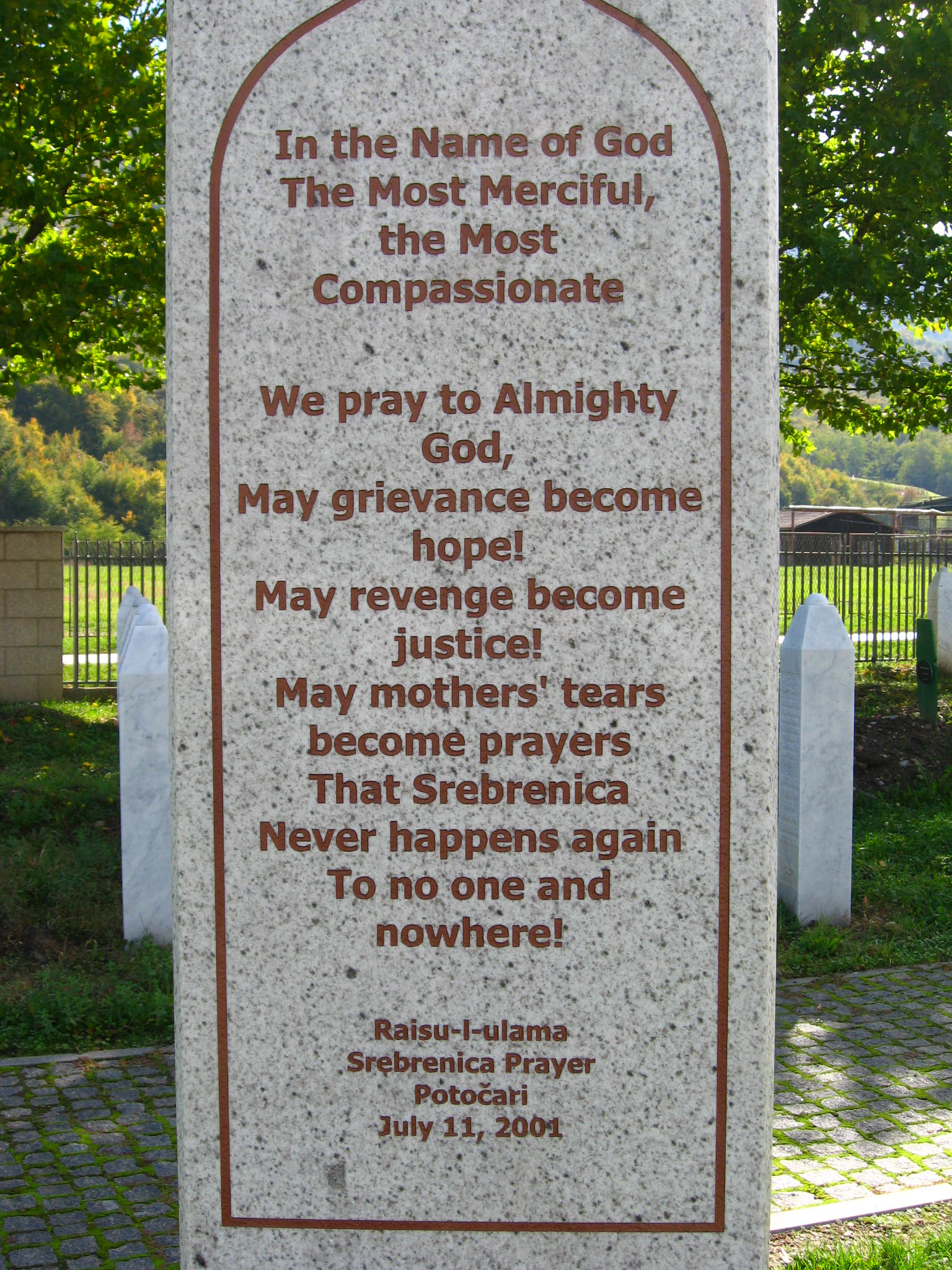 • Last month marked the 20th anniversary of the Srebrenica massacre—declared a genocide by the International Court of Justice—when more than 8,000 Muslim Bosnians, mainly men and boys, were killed in and around the town of Srebrenica during the Bosnian War.
• Last month marked the 20th anniversary of the Srebrenica massacre—declared a genocide by the International Court of Justice—when more than 8,000 Muslim Bosnians, mainly men and boys, were killed in and around the town of Srebrenica during the Bosnian War. ¶ Preach it. “We have grasped the mystery of the atom and rejected the Sermon on the Mount. . . . Ours is a world of nuclear giants and ethical infants. We know more about war than know about peace, more about killing than we know about living.” —General Omar Bradley
¶ Preach it. “We have grasped the mystery of the atom and rejected the Sermon on the Mount. . . . Ours is a world of nuclear giants and ethical infants. We know more about war than know about peace, more about killing than we know about living.” —General Omar Bradley smudged overalls, having wrestled large diesel engines all day. No one noticed his attire, though, since most of us came from blue-collar homes.
smudged overalls, having wrestled large diesel engines all day. No one noticed his attire, though, since most of us came from blue-collar homes. 23 July 2015 • No. 31
23 July 2015 • No. 31